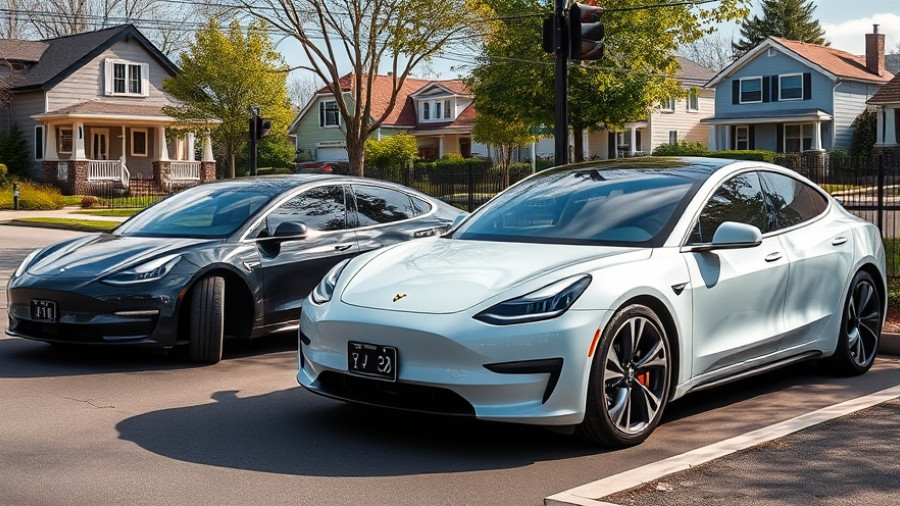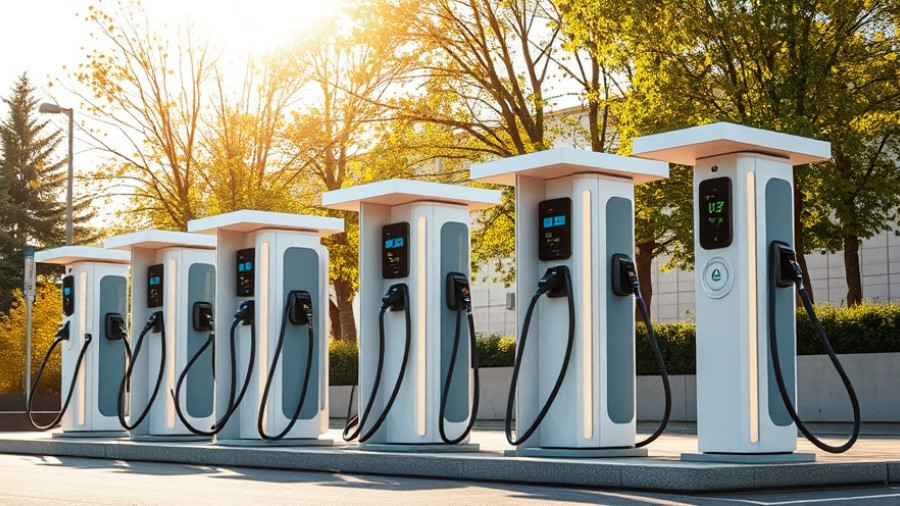
Redefining Urban Mobility: Nio’s Firefly EV
The Nio Firefly represents a significant shift in urban mobility strategies, bridging the gap between compact cars and the premium offerings previously associated with the Nio brand. Designed for the modern city dweller, this electric vehicle (EV) features a compact footprint without sacrificing functionality, offering a new approach for those seeking electric alternatives in congested urban settings.
Affordability Meets Modern Design
With a starting price around €30,000 (approximately €25,000 in Norway), the Firefly becomes an accessible choice for everyday consumers. As it enters the European market where expectations revolve around both price and performance, Nio aims to position the Firefly not just as another vehicle but as a lifestyle statement that transcends traditional budget-friendly options like the BYD Dolphin and Citroën C3. By effectively halving the price usually ascribed to Nio’s luxury collaborations, the Firefly broadens the manufacturer’s appeal to a broader demographic.
Technological Innovation and User Experience
The Nio Firefly departs from its legacy by introducing a characterful driving experience intended for a younger audience. The absence of the digital co-driver 'Nomi', previously seen in higher-end models, signifies a conscious design choice aimed at simplicity and ease of use. With a battery capacity of 41.2 kWh, the Firefly boasts a range of 330 km on a single charge, integrating seamlessly with traditional city lifestyles while also accommodating the growing need for sustainability.
Environmental Impact and the EV Market Growth
As cities embrace electrification as a primary strategy for reducing urban pollution, vehicles like the Firefly embody the versatility and efficiency that these initiatives require. By promoting a smaller vehicle, Nio acknowledges the realities of modern urban living—where parking space and maneuverability are critical. As a zero-emission vehicle, the Firefly contributes to broader sustainability goals in urban areas.
The Future of Brands and Sub-Brands in EVs
Nio’s decision to introduce the Firefly under a distinct sub-brand echoes successful models seen in the industry. For example, Citroën's DS and BMW's Mini have stood apart from their parent brands by creating unique identities while still benefitting from the established reputation of their creators. This strategic choice might well resonate with consumers looking for individuality and brand ethos beyond mere utility.
Consumer Expectations and Market Adaptation
The launch of the Firefly also brings with it high consumer expectations for comfort, safety, and advanced features. Nio’s challenge will be to deliver on these while maintaining affordability. Striving for a five-star Euro NCAP crash test rating and saturation of comfort features indicates that Nio is not skimping on expectations despite the more accessible price point.
Driving Forward: What Does This Mean for the Future?
The Firefly EV stands at the intersection of innovation, affordability, and user experience in transportation technology. With urban populations soaring and sustainability becoming critical, vehicles like the Firefly symbolize an important shift towards more responsible automotive choices. The broader acceptance of brands like Firefly could pave the way for enhanced market competition, ultimately benefiting consumers looking for quality EV options.
As the green energy landscape continues to evolve, staying informed about emerging opportunities is essential. The Nio Firefly serves as an interesting case that highlights the convergence of automotive technology, market trends, and environmental responsibility.
Are you ready to explore more about sustainable transport and reap the benefits of going green? Consider how integrating solar energy solutions into your home could further enhance your eco-conscious lifestyle.
 Add Row
Add Row  Add
Add 



Write A Comment